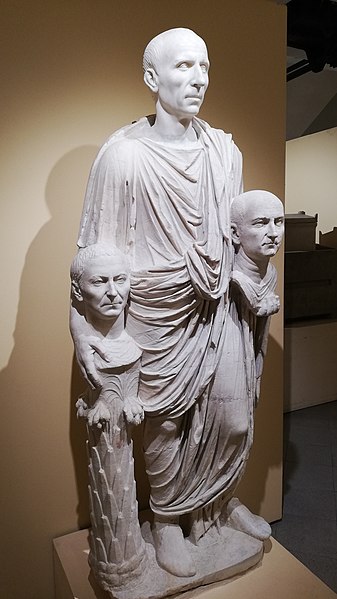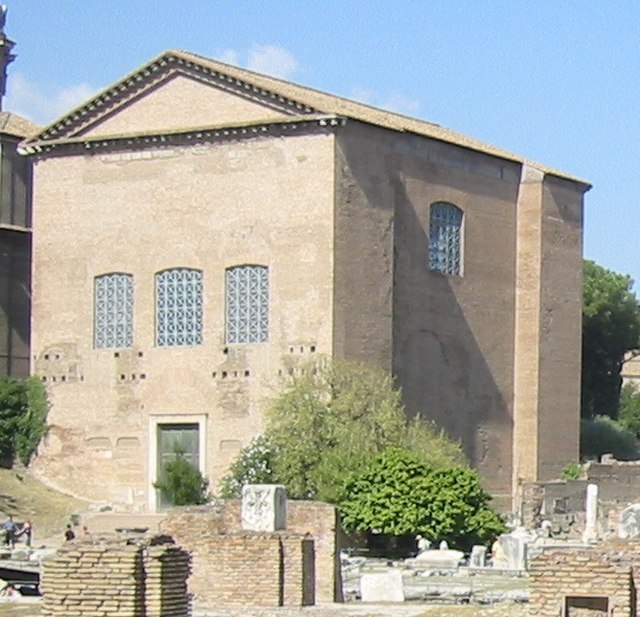Senate of the Roman Republic
The Senate was the governing and advisory assembly of the aristocracy in the ancient Roman Republic. It was not an elected body, but one whose members were appointed by the consuls, and later by the censors, which were appointed by the aristocratic Centuriate Assembly. After a Roman magistrate served his term in office, it usually was followed with automatic appointment to the Senate. According to the Greek historian Polybius, the principal source on the Constitution of the Roman Republic, the Roman Senate was the predominant branch of government. Polybius noted that it was the consuls who led the armies and the civil government in Rome, and it was the Roman assemblies which had the ultimate authority over elections, legislation, and criminal trials. However, since the Senate controlled money, administration, and the details of foreign policy, it had the most control over day-to-day life. The power and authority of the Senate derived from precedent, the high caliber and prestige of the senators, and the Senate's unbroken lineage, which dated back to the founding of the Republic in 509 BC. It developed from the Senate of the Roman Kingdom, and became the Senate of the Roman Empire.

Chart showing the checks and balances of the Constitution of the Roman Republic
The Orator, c. 100 BC, an Etrusco-Roman bronze sculpture depicting Aule Metele (Latin: Aulus Metellus), an Etruscan man of Roman senatorial rank, engaging in rhetoric. He wears senatorial shoes and a toga praetexta of the "skimpy" (exigua) Republican type. The statue features an inscription in the Etruscan alphabet
The Roman Senate was the highest and constituting assembly of ancient Rome and its aristocracy. With different powers throughout its existence it lasted from the first days of the city of Rome as the Senate of the Roman Kingdom, to the Senate of the Roman Republic and Senate of the Roman Empire and eventually the Byzantine Senate of the Eastern Roman Empire, existing well into the post-classical era and Middle Ages.
The so-called "Togatus Barberini", a statue depicting a Roman senator holding the imagines (effigies) of deceased ancestors in his hands; marble, late 1st century BC; head (not belonging): mid-1st century BC
The Curia Julia in the Roman Forum, the seat of the imperial Senate
The Palazzo Senatorio, originally built to house the revived Senate during the Roman Commune period





